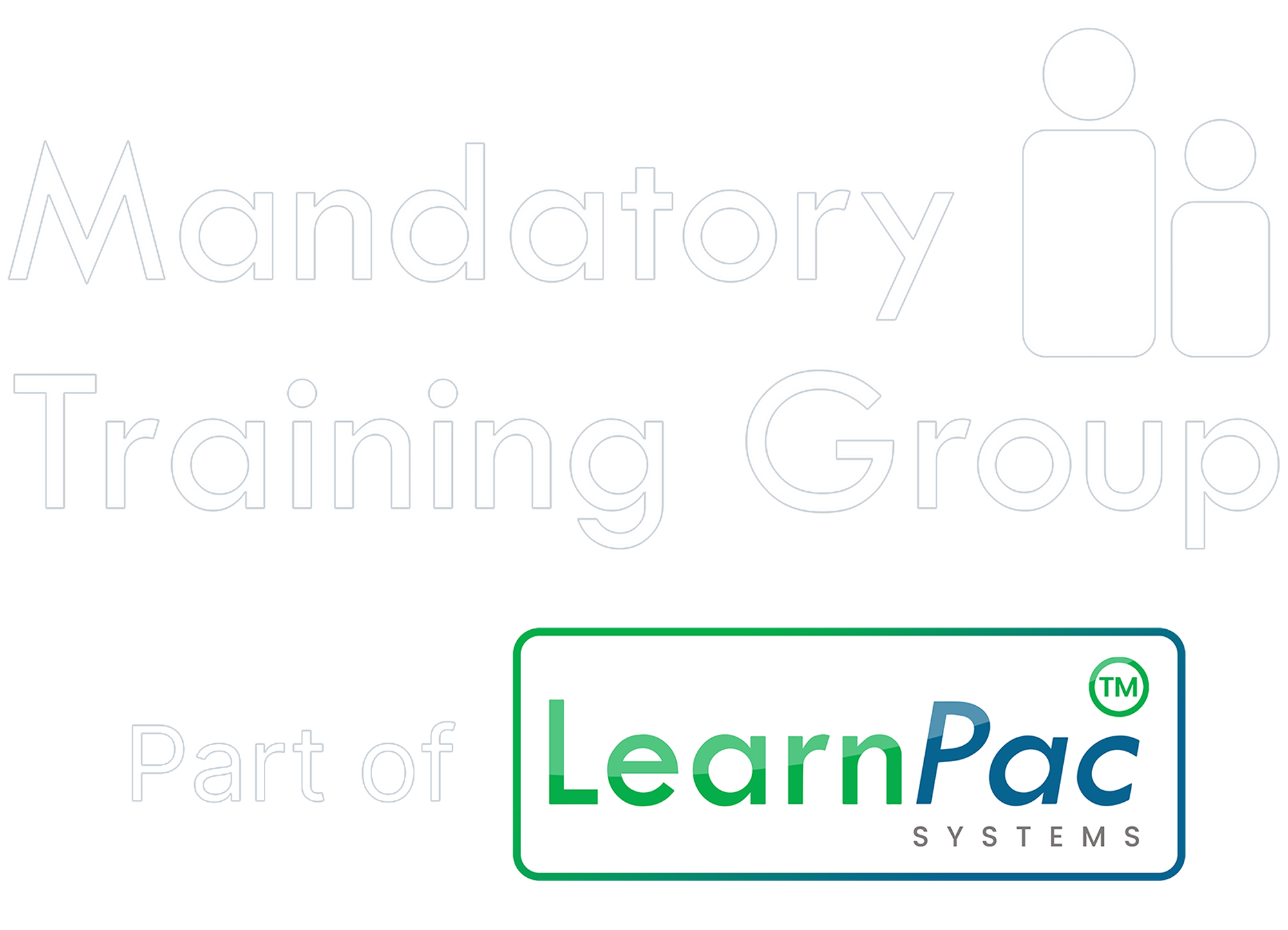You have no items in your shopping basket.
Dr Richard Dune
09-02-2025
Internal vs external training in health and social care
Image by insta_photost via Envato Elements
Training is a regulatory necessity, not a luxury. Explore the pros and cons of internal vs external delivery and why blended approaches are gaining ground
Training in the health and social care sector is not a luxury. It is a regulatory, ethical, and operational necessity. Organisations must ensure that their staff are competent, compliant, and continuously updated on best practices. Against this backdrop, many providers face a key strategic decision: “Should training be delivered internally (in-house) or sourced externally from specialist providers?” Each approach comes with its advantages and drawbacks, and increasingly, the most effective route lies in blending the two models.
In this blog, Dr Richard Dune critically examines the pros and cons of in-house and external training in the UK health and social care sector. He also elaborates on why a hybrid model often provides the most sustainable and impactful outcomes for care providers.
The role of training in health and social care
Health and social care is one of the most regulated sectors in the UK. Organisations must comply with requirements set by the Care Quality Commission (CQC), local authorities, Health and Safety Executive (HSE), and other professional regulators for health and social care professionals. Training is central to meeting these obligations.
Staff must be equipped with statutory and mandatory training, such as safeguarding, infection prevention, manual handling, and fire safety, as well as role-specific skills, professional development, and leadership competencies. Given this landscape, organisations must carefully consider how best to deliver training in ways that are cost-effective, high-quality, and compliant.
In-house training - Building internal capacity
The following outlines what in-house training involves, along with its key advantages and challenges for organisations seeking to build internal capability:
What is in-house training?
In-house training refers to training that is delivered by staff within the organisation. Typically, senior employees complete a Train the Trainer programme or the Award in Education and Training (AET) qualification, enabling them to cascade learning to colleagues. This model is particularly popular for induction programmes, refresher courses, and training linked directly to organisational policies and procedures.
Advantages of in-house training
Below are the four key advantages of internal training:
- Cost-effectiveness - Once internal trainers are in place, delivering training across large or frequently changing staff groups can be more economical than paying external providers.
- Tailored content - Training can be customised to reflect the organisation’s policies, culture, and specific challenges.
- Flexibility - Sessions can be scheduled around operational needs, with minimal disruption.
- Knowledge sharing - Embeds a learning culture where staff learn from one another, thereby strengthening team cohesion.
Challenges of in-house training
The disadvantages of in-house training include:
Capacity demands - Trainers must invest time in designing, updating, and delivering content - tasks that may compete with their primary responsibilities.Risk of outdated knowledge - Unless continuously updated, training may become outdated and drift out of alignment with the latest legislation, regulations and sector guidance.Compliance burden - Organisations must ensure internal programmes meet regulatory standards.- Lack of external perspective - Internal delivery can limit exposure to broader industry best practices.
In short, while in-house training offers control and cost savings, it requires significant investment in people and systems to maintain quality and compliance.
External training - Harnessing specialist expertise
Let's explore how external training works, and also discuss its main benefits and the challenges organisations must weigh when relying on specialist providers.
What is external training?
External training is the type of training delivered by independent trainers, consultants, or training organisations. These may range from local training providers specialising in first aid and dementia care to national organisations offering CPD-certified and qualification-linked courses. Delivery formats include classroom sessions, online learning, and blended approaches.
Advantages of external training
Below are the four main advantages of external training include:
- Expertise and currency - External trainers bring specialist knowledge and ensure alignment with the latest regulatory requirements.
- Accreditation - Many external programmes offer recognised qualifications and CPD points, enhancing staff professional development.
- Efficiency - Reduces the need for internal staff to design and maintain training materials.
- Fresh insights - Provides exposure to innovations across the wider sector, benchmarking, and external best practices.
Challenges of external training
Disadvantages of external training include:
- Cost savings - Outsourced training can be expensive, especially for large workforces or when sessions are repeated.
Logistical complexity - Scheduling external trainers or sending staff off-site can disrupt day-to-day care delivery.Generic content - Off-the-shelf courses may lack tailoring to an organisation’s culture or policies.Dependency on providers - Quality can vary between providers, making due diligence essential.
Thus, external training is invaluable for ensuring compliance and gaining access to expertise, but it can stretch budgets and create operational challenges.
Lessons from the pandemic - The rise of e-learning
The COVID-19 pandemic accelerated the adoption of digital and e-learning across the sector. Providers who had previously relied solely on face-to-face sessions suddenly embraced online platforms to maintain compliance during lockdowns. This shift demonstrated that online delivery (whether internal or external) can cut costs, improve accessibility, and reduce disruption. However, it also highlighted the importance of ensuring digital training is engaging, interactive, and properly assessed.
E-learning has become a permanent feature of training strategies, bridging the gap between in-house and external models.
Blending in-house and external training - A balanced approach
Given the strengths and weaknesses of both approaches, many organisations are adopting hybrid training models. A blended strategy enables providers to leverage the benefits of each approach while mitigating the associated risks.
How blended training works in practice
In practice, blended learning may be applied as follows:
- In-house focus areas - Inductions, policy-based training, culture-specific practices, and regular refreshers.
- External focus areas - Specialist knowledge, such as statutory and mandatory training, CPD-accredited qualifications, and leadership development.
- Digital integration - Using learning management systems (LMS), such as ComplyPlus™ LMS, to host both internal and external content, track compliance, and manage refresher cycles.
Benefits of blended training
Benefits of blended training include:
- Cost optimisation - In-house delivery keeps core training affordable, while external provision is reserved for specialist or high-stakes areas.
- Quality assurance - External expertise ensures alignment with legislation, while internal trainers keep training relevant to the local context.
- Flexibility - A mix of online, face-to-face, and blended methods ensures accessibility and operational convenience.
- Staff engagement - Employees benefit from variety and choice, improving motivation and retention.
- Regulatory confidence - Inspectors value evidence of both internal competency-building and accredited external programmes, as part of a comprehensive training strategy.
Strategic considerations for providers
When deciding on the right mix, health and social care organisations should ask:
- What are the regulatory requirements (CQC, Ofsted, HSE) that must be met?
- Does the organisation have the capacity and expertise to deliver high-quality in-house training?
- Which areas require external accreditation or specialist knowledge?
- How can costs be managed without compromising compliance or care quality?
- How will training be tracked, monitored, and evidenced for inspection purposes?
Answering these questions allows providers to adopt a training strategy that is both pragmatic and future-proof.
Conclusion
The debate between in-house and external training in health and social care is not about choosing one over the other; rather, it is about understanding the benefits of each approach. Each model has unique strengths and limitations. In-house training offers control, customisation, and cost savings but requires significant internal capacity. External training brings expertise, accreditation, and compliance assurance but can be costly and generic.
The most resilient organisations recognise that the solution lies in balancing these two models. By blending the two approaches, supported by robust digital systems like ComplyPlus™ LMS, providers can create a comprehensive training framework that is both cost-effective and impactful, while remaining compliant. Ultimately, the goal is not only to meet regulatory requirements but also to cultivate a workforce that is skilled, confident, and capable of delivering exceptional care.
Ready to balance in-house and external training?
Delivering the right training mix is no longer optional. It’s essential for compliance, staff development, and inspection success. That’s why we developed ComplyPlus™, our all-in-one regulatory compliance and training management system.
ComplyPlus™ supports:
- Training strategy alignment with legislative and regulatory requirements
- Real-time compliance dashboards for internal and external training programmes
- Automated tracking of induction and onboarding, statutory and mandatory training and refresher programmes
- Integrated LMS and TMS to host both in-house and external training content, assessment and certification
- In-house delivery with up-to-date trainer packs, lesson plans, assessments and customisable resources
- Inspection-ready evidence gathering and audit trails.
With regulation tightening and training expectations evolving, now is the time to strengthen your approach.
About the author
Dr Richard Dune
With over 25 years of experience, Dr Richard Dune has a rich background in the NHS, the private sector, academia, and research settings. His forte lies in clinical R&D, advancing healthcare technology, workforce development, governance and compliance. His leadership ensures that regulatory compliance and innovation align seamlessly.

Contact us
Complete the form below to start your ComplyPlusTM trial and transform your regulatory compliance solutions.





